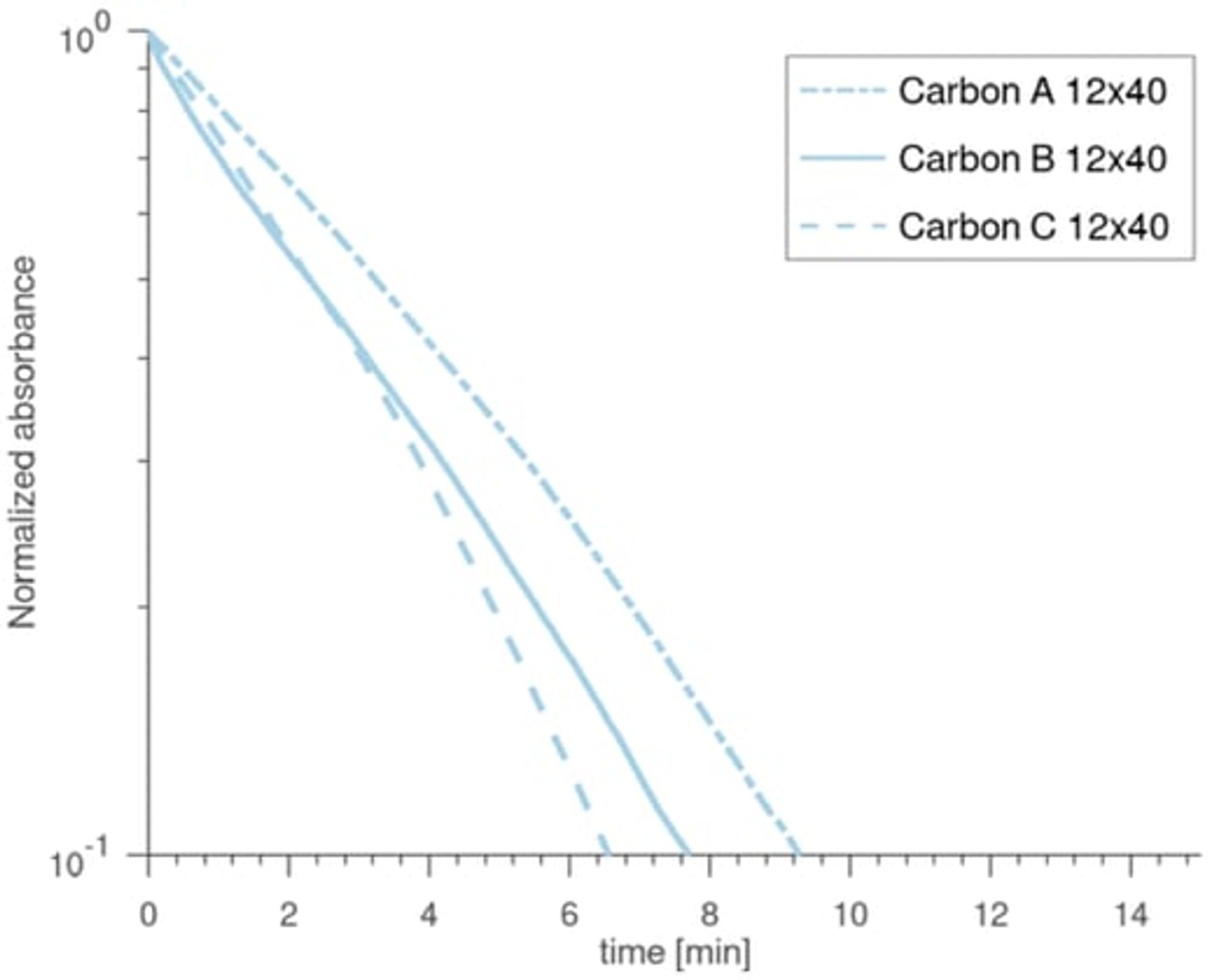How to Improve your Results with an RBR
What variables affect how fast a reaction proceeds, how pure the product is, and for how long you can reuse your solid phase (e.g., catalyst or adsorbent)? Many variables are easily controlled in a rotating bed reactor, and it is a good idea to experiment with them on a smaller scale.
Stirring speed
Many studies report faster processes at increasing stirring speeds. The flow through the rotating bed reactor is strengthened, increasing the mass transfer rate. For example, the activity of an immobilized lipase for ammonolysis increased when going from 100 to 400 rpm. A plateau was reached above 400 rpm. This indicated that enzyme kinetics limited this reaction at higher speeds, and it wouldn't be necessary to further increase the stirring speed.

Similarily, an esterification performed on lab scale ran faster at higher stirring speed. Beyond 500 rpm the reaction rate was nearly independent of stirring speed, indicating that the external mass transfer limitation had been eliminated.


